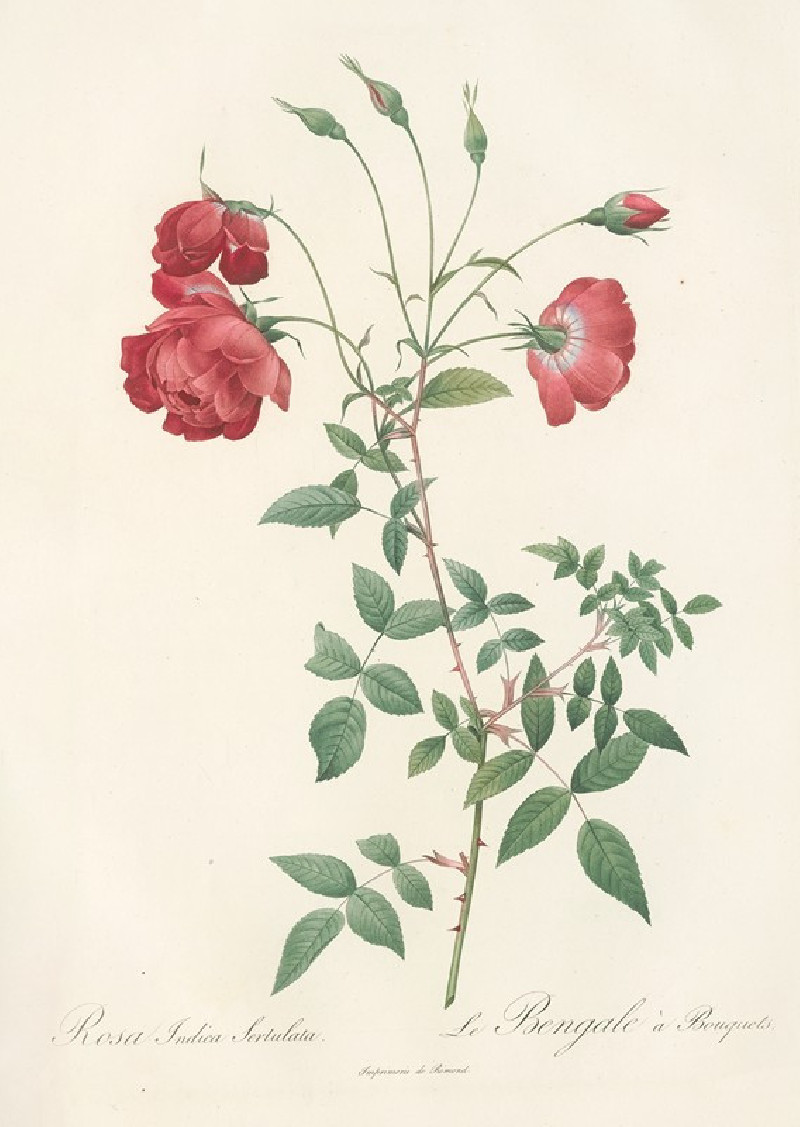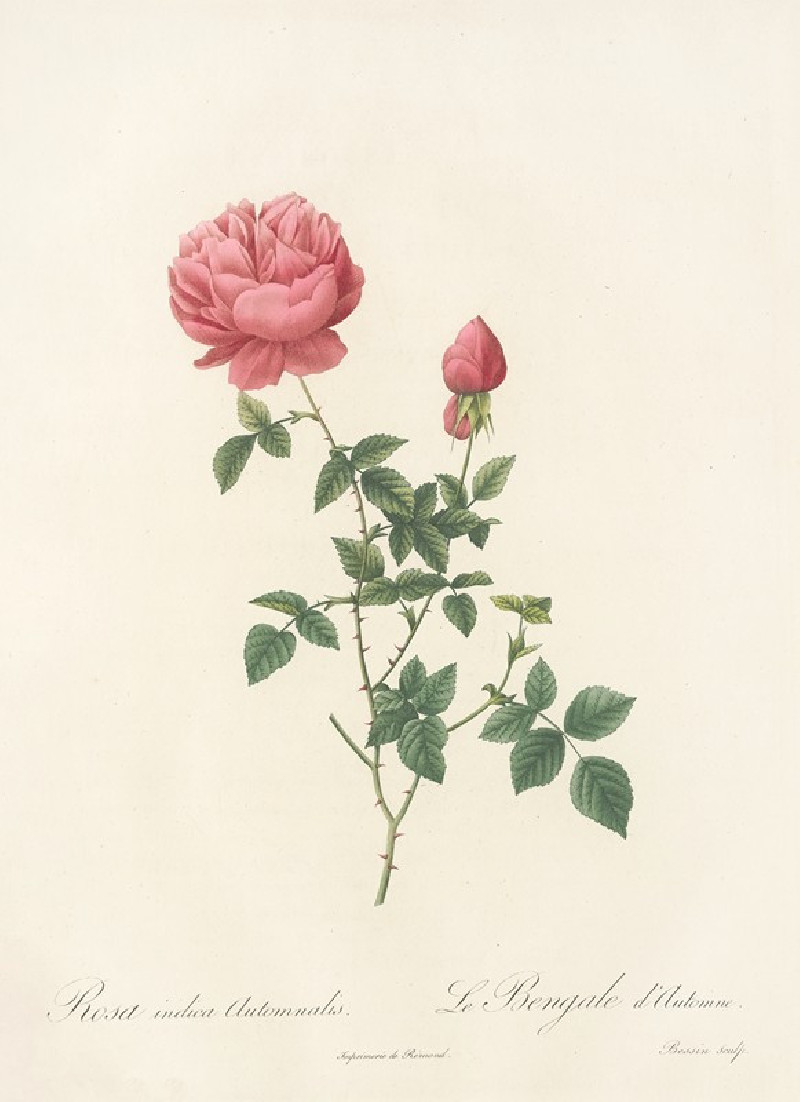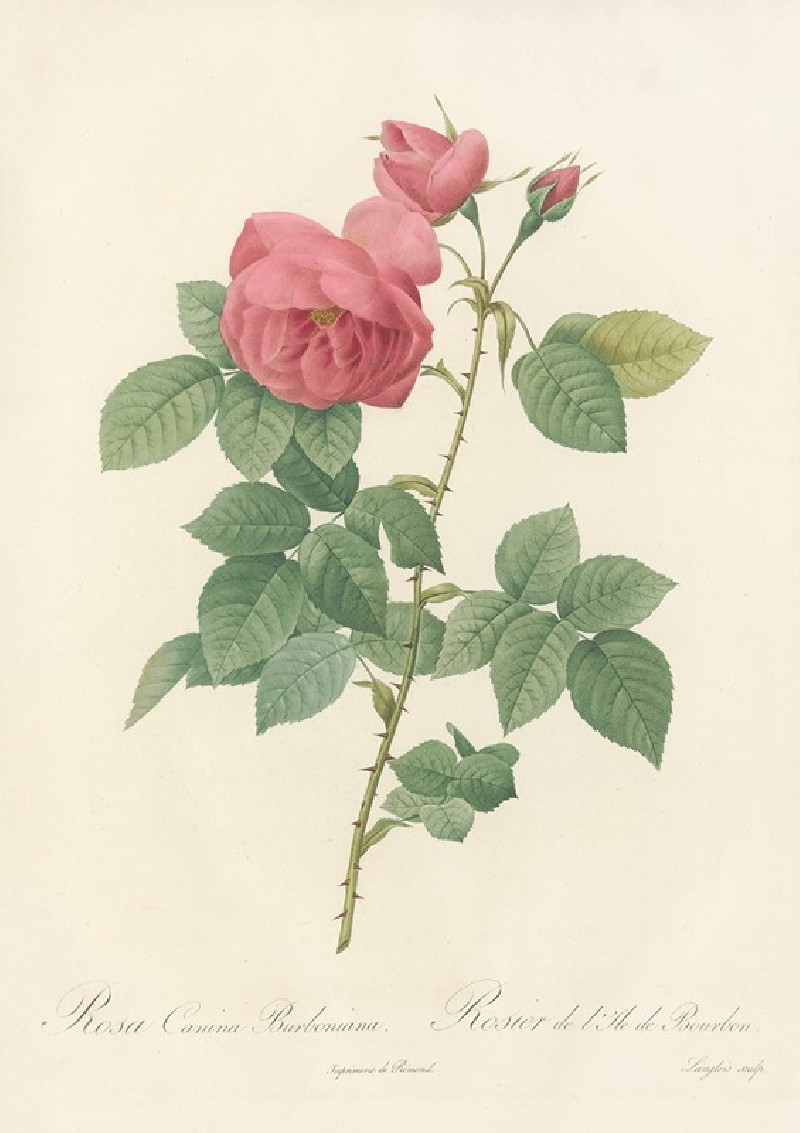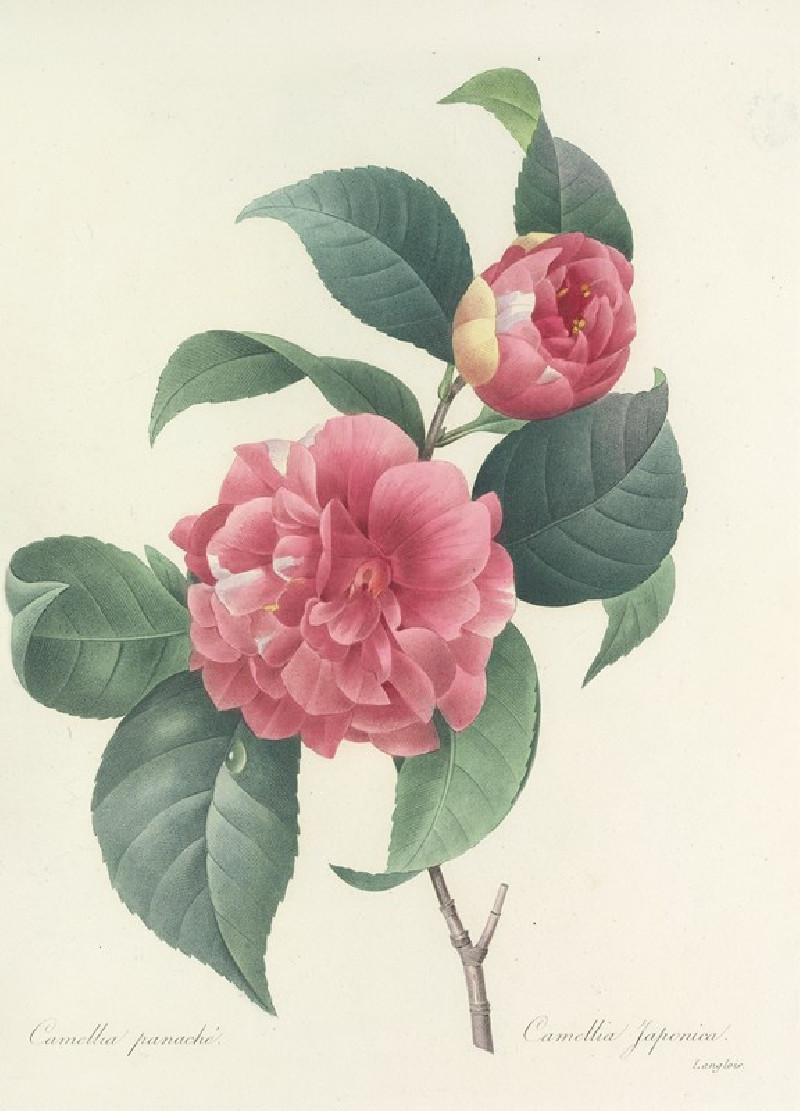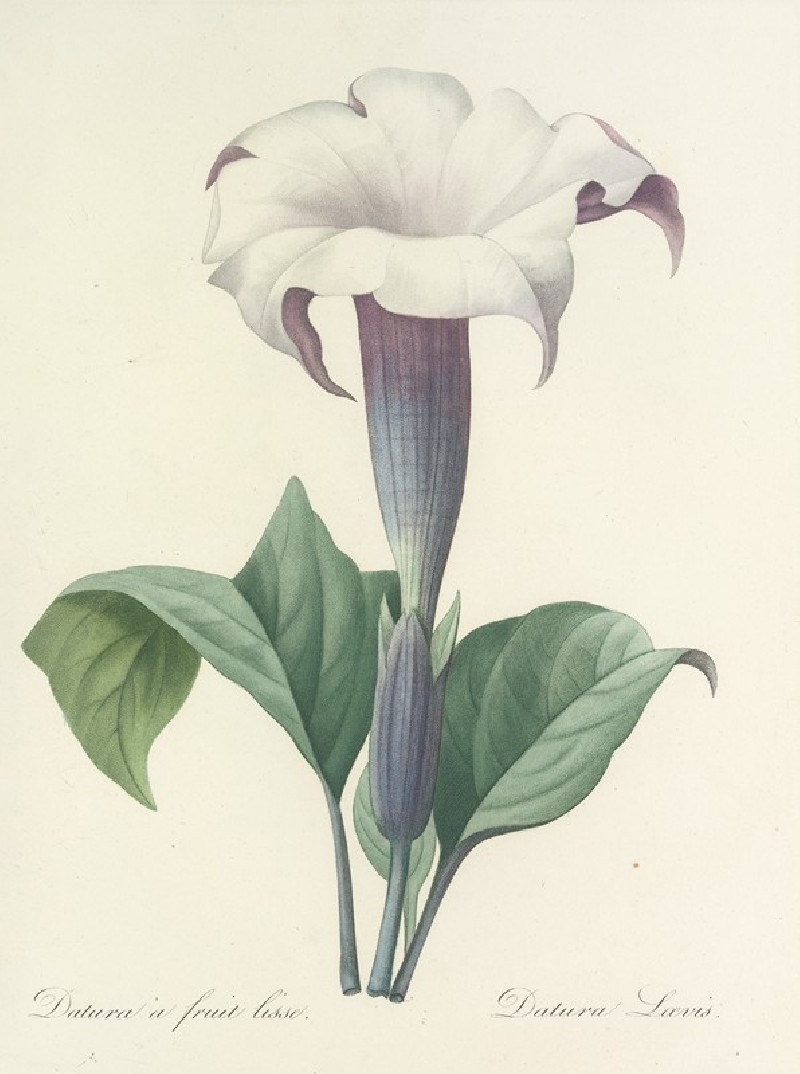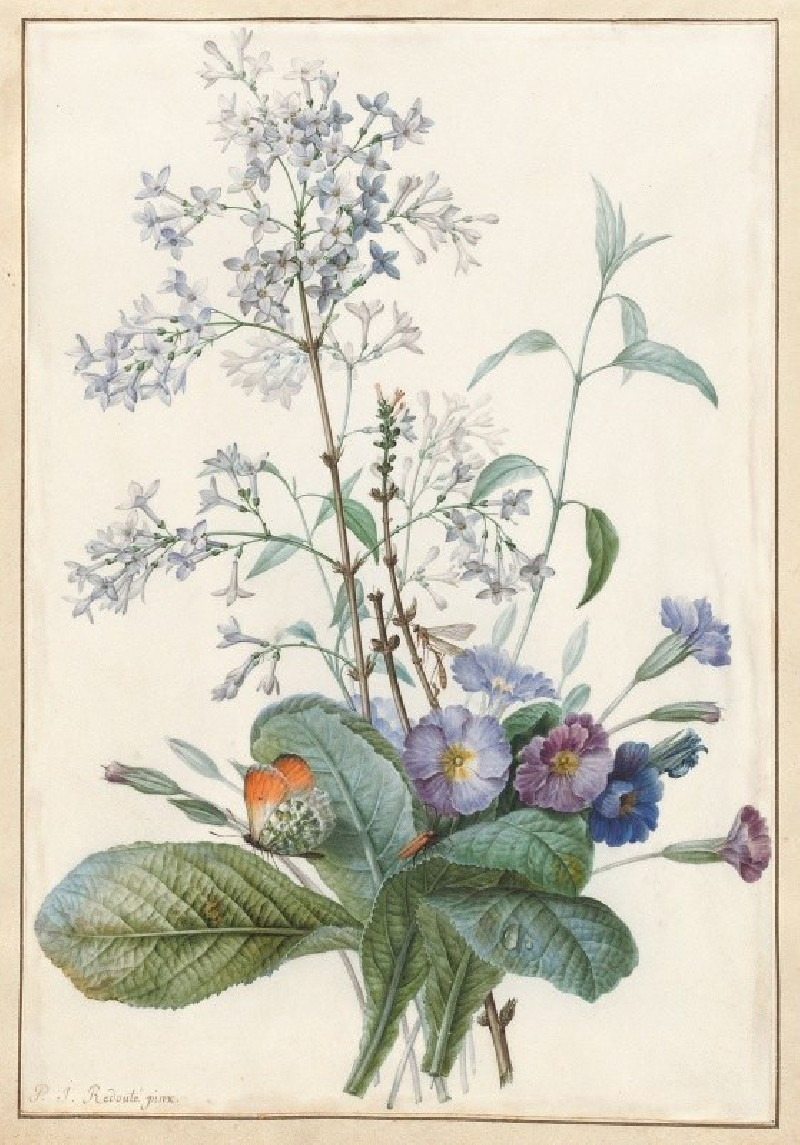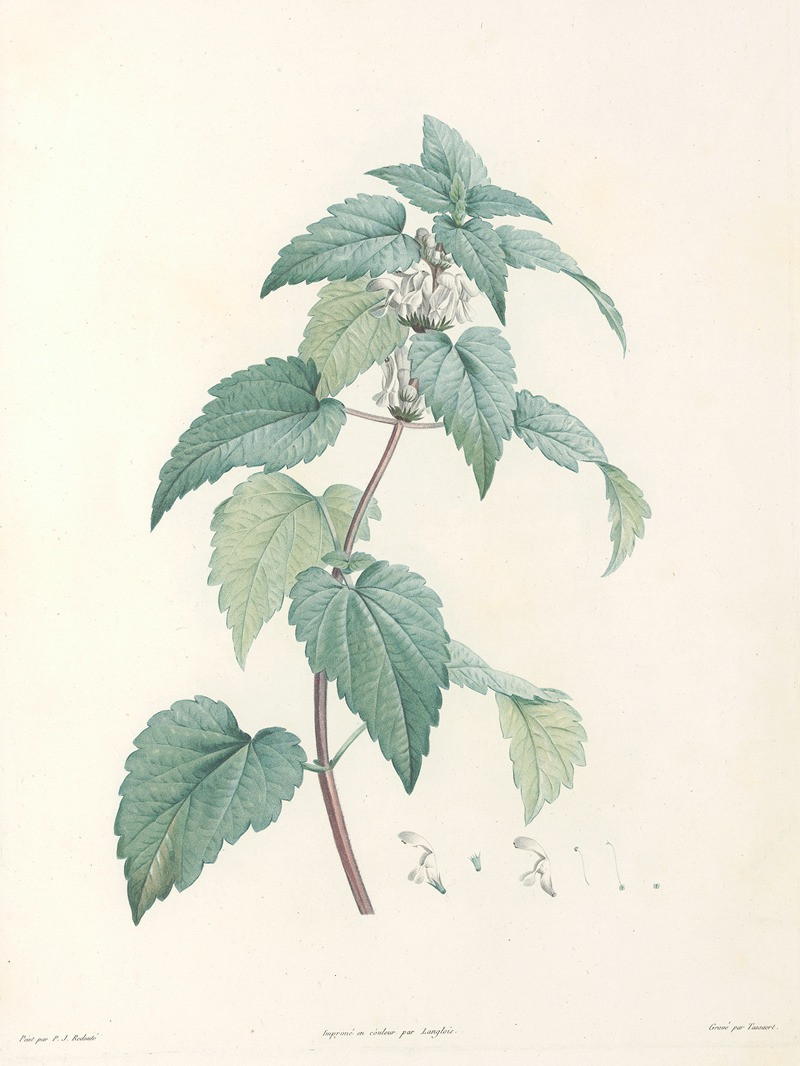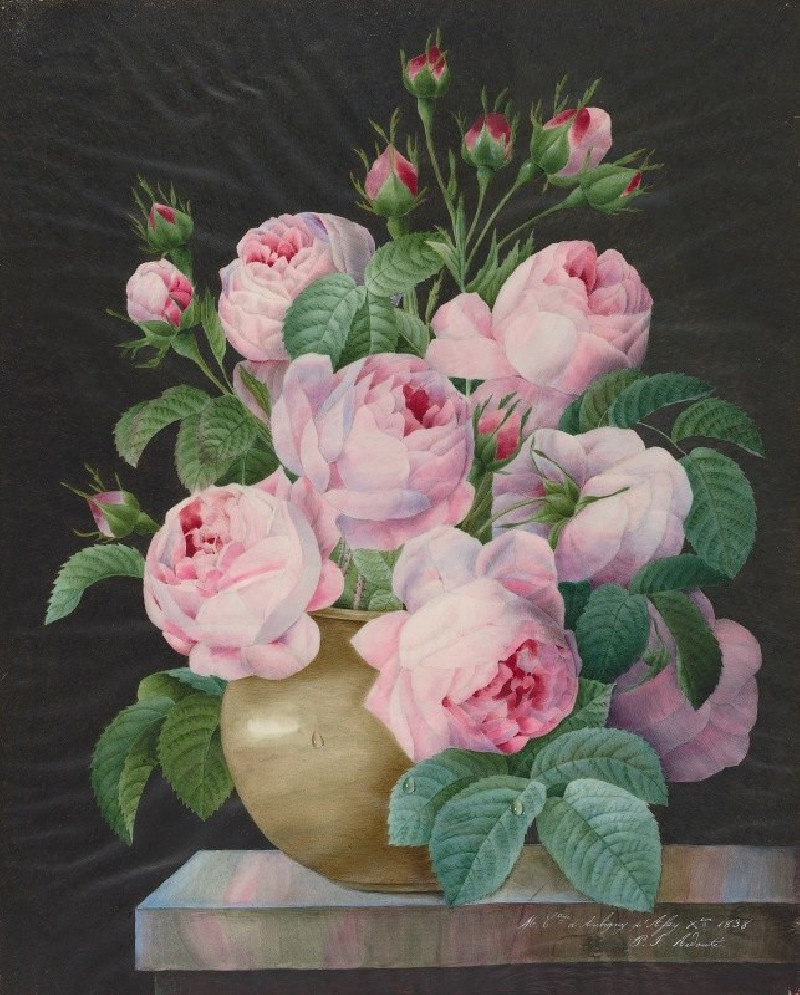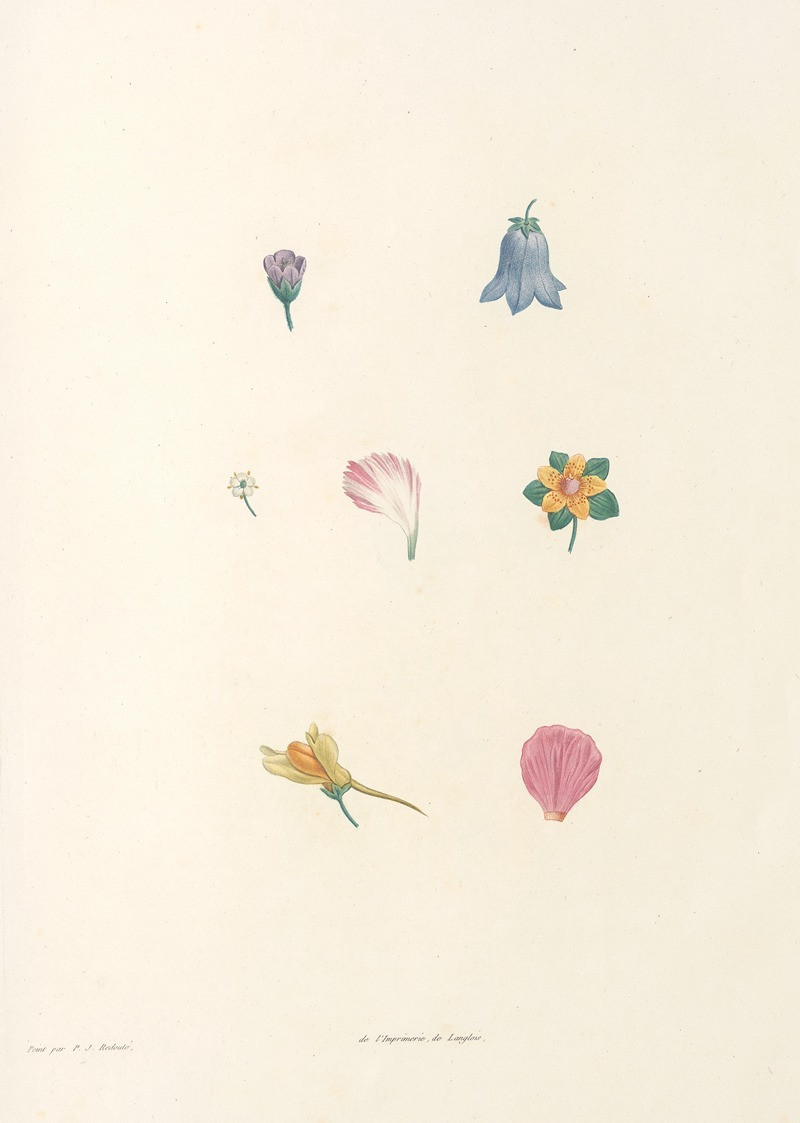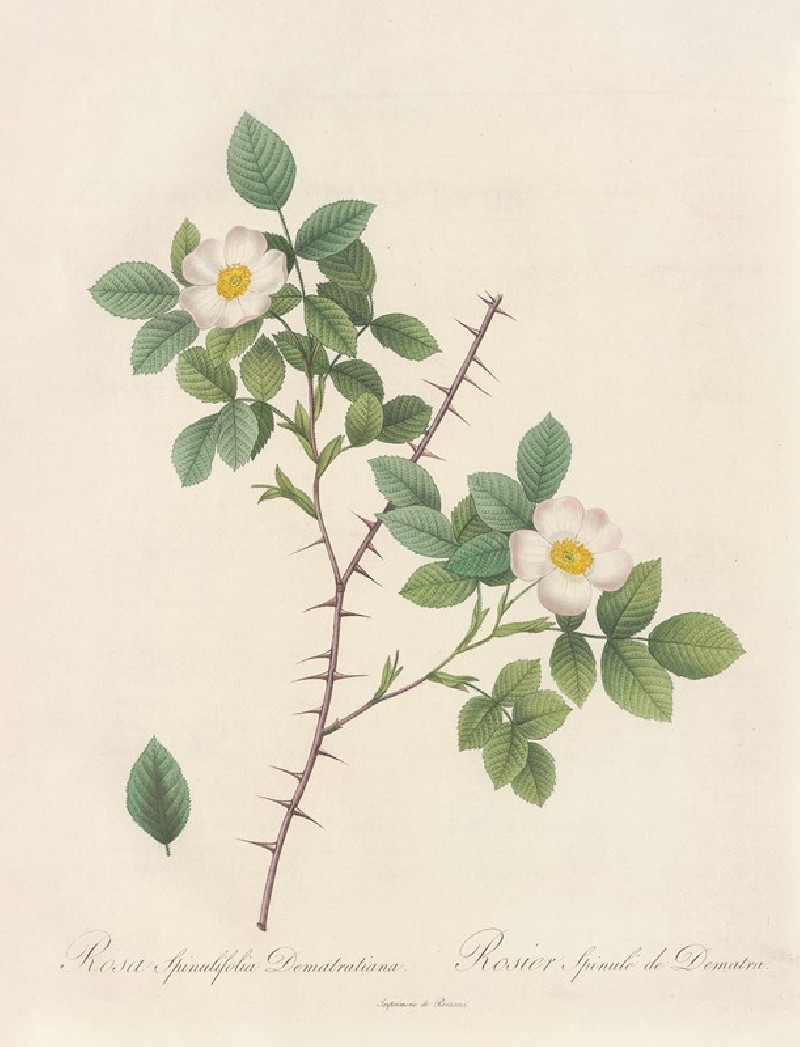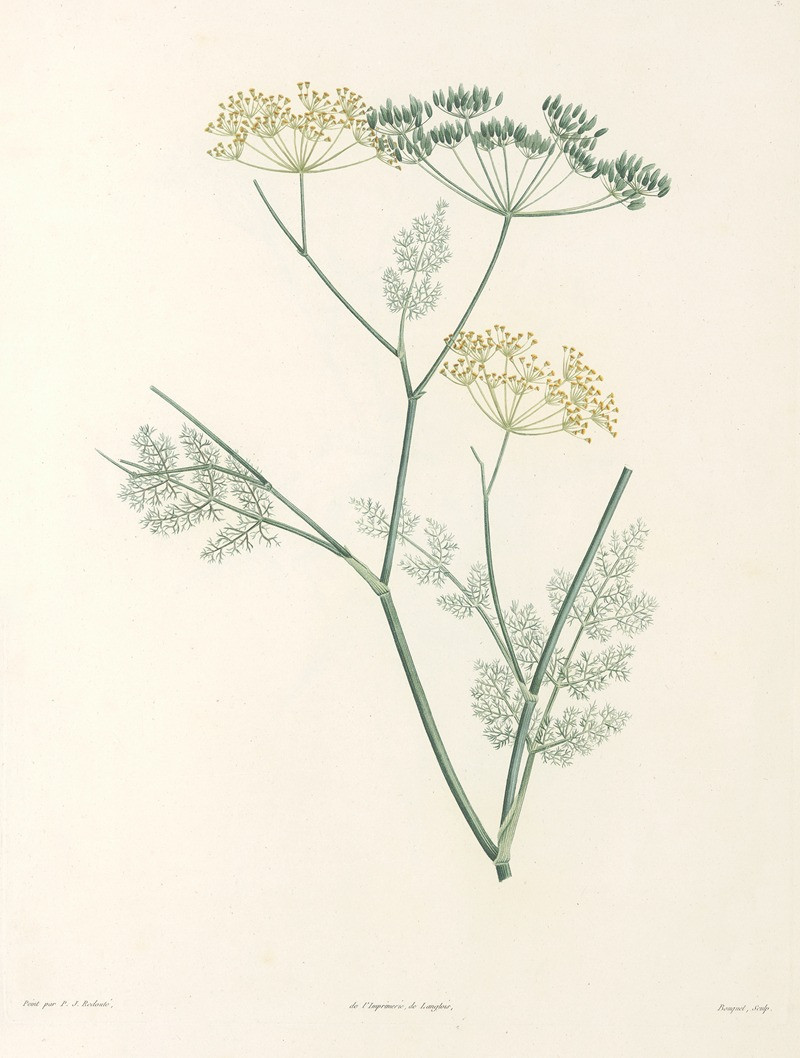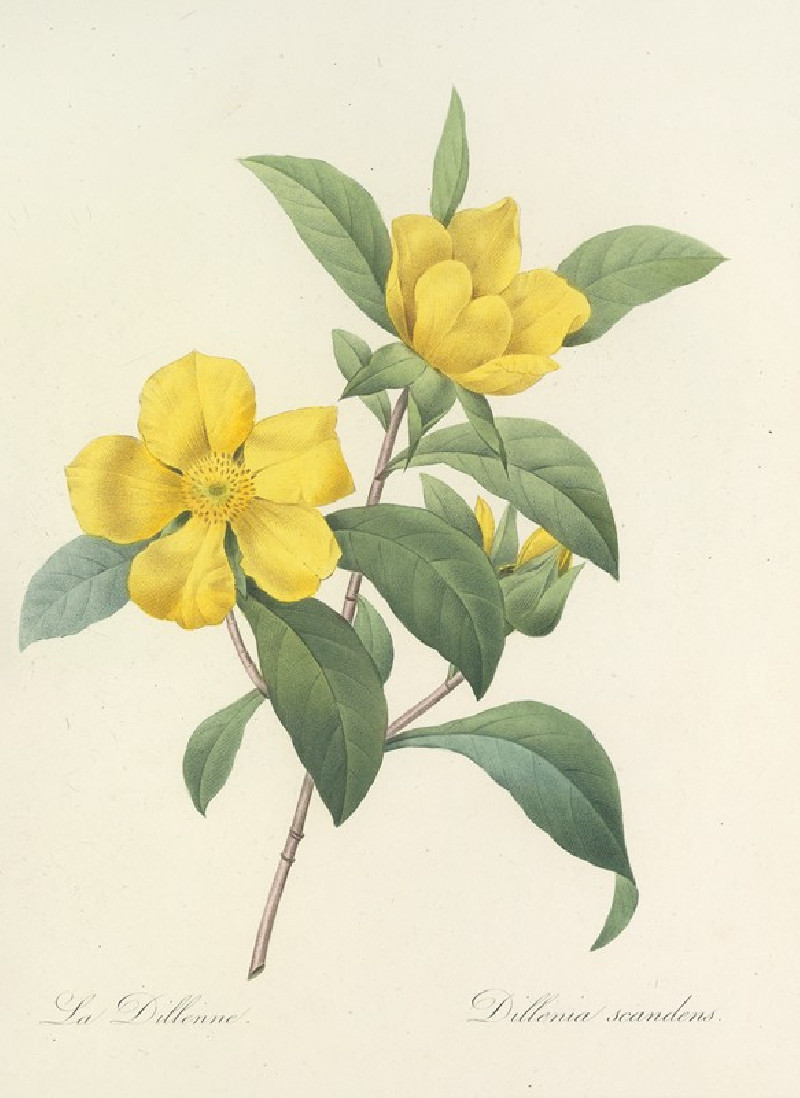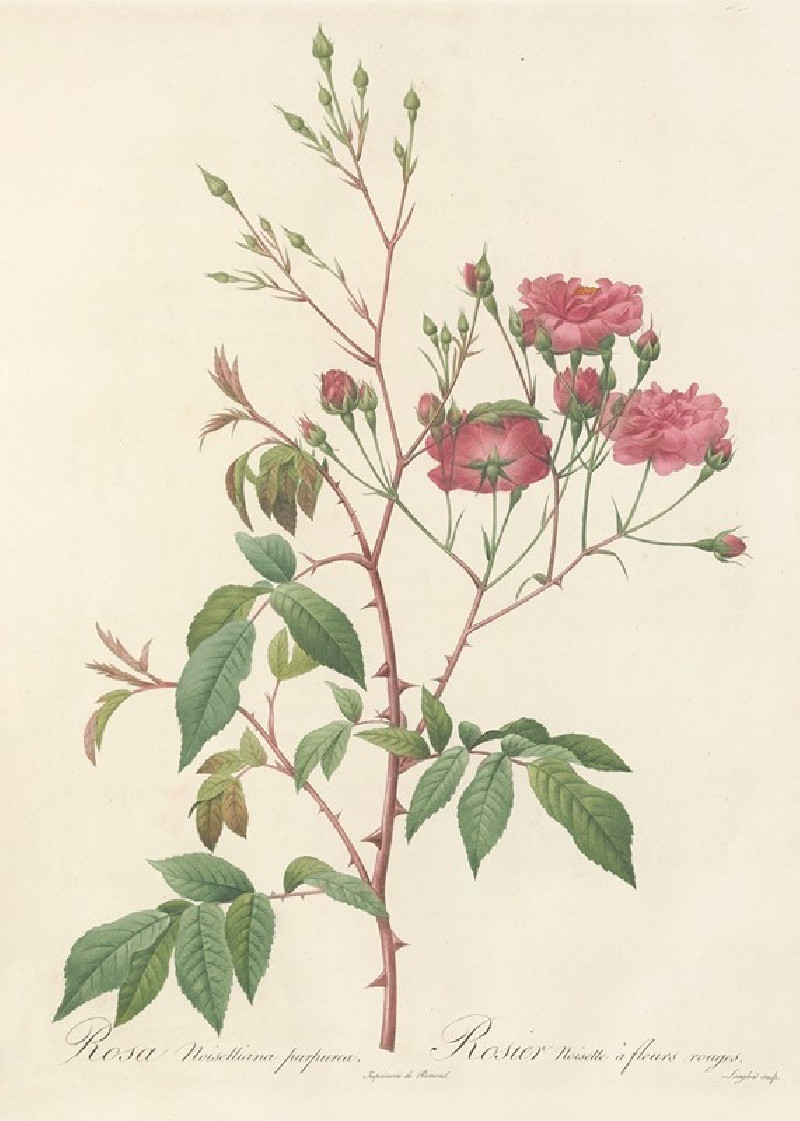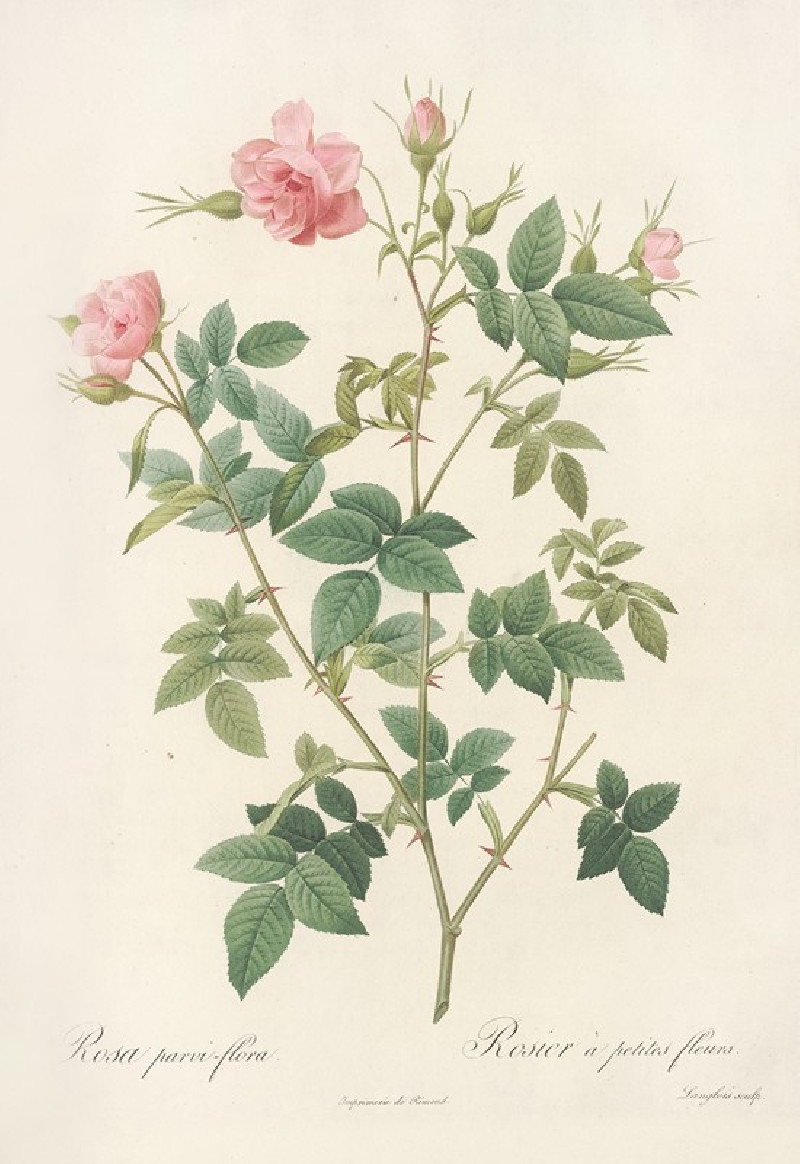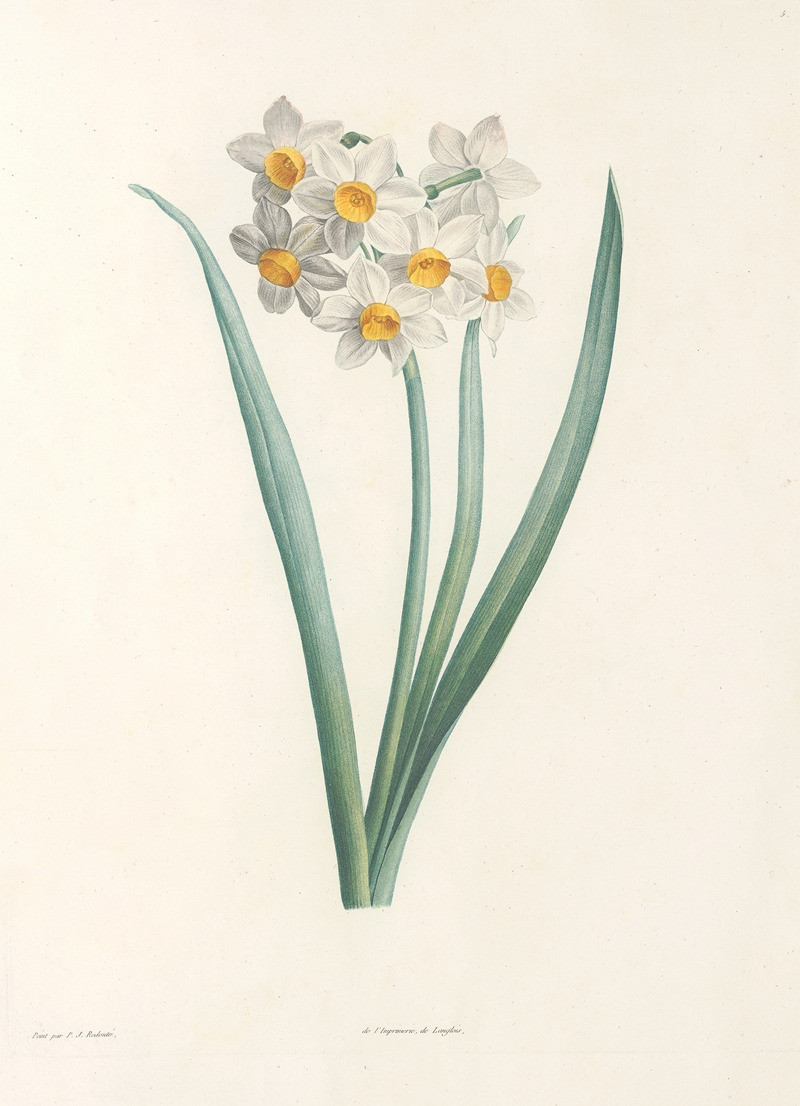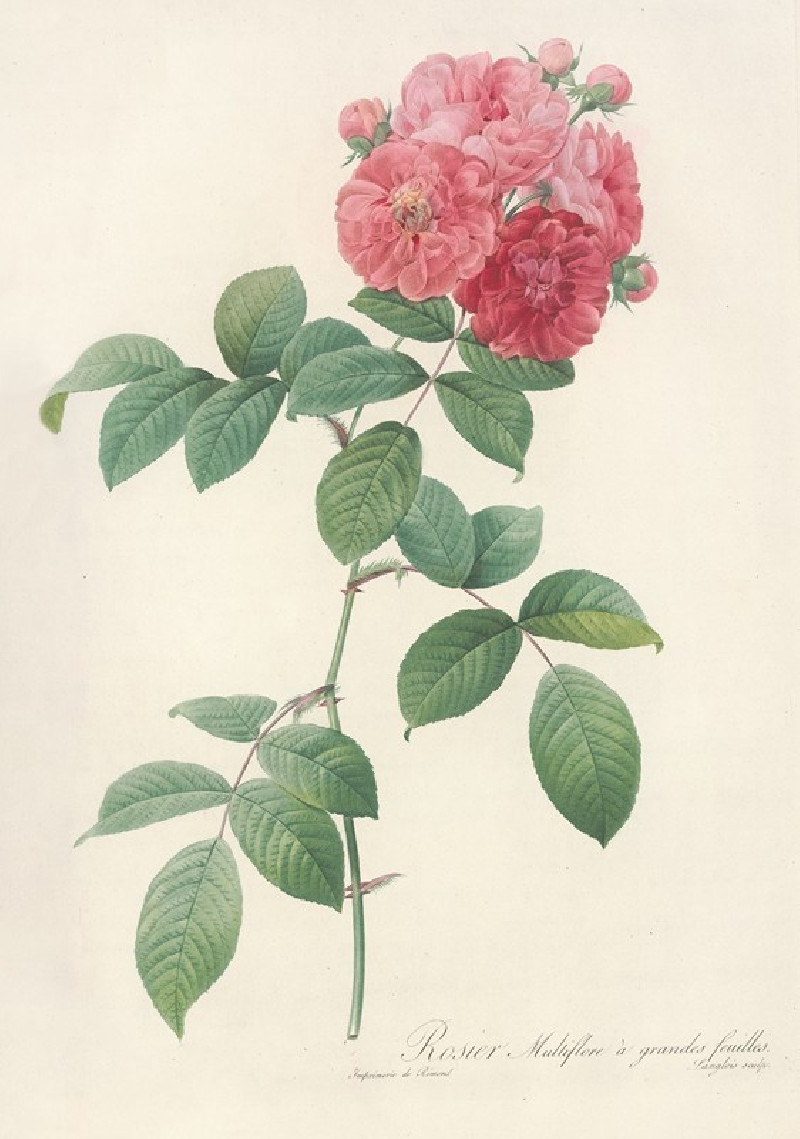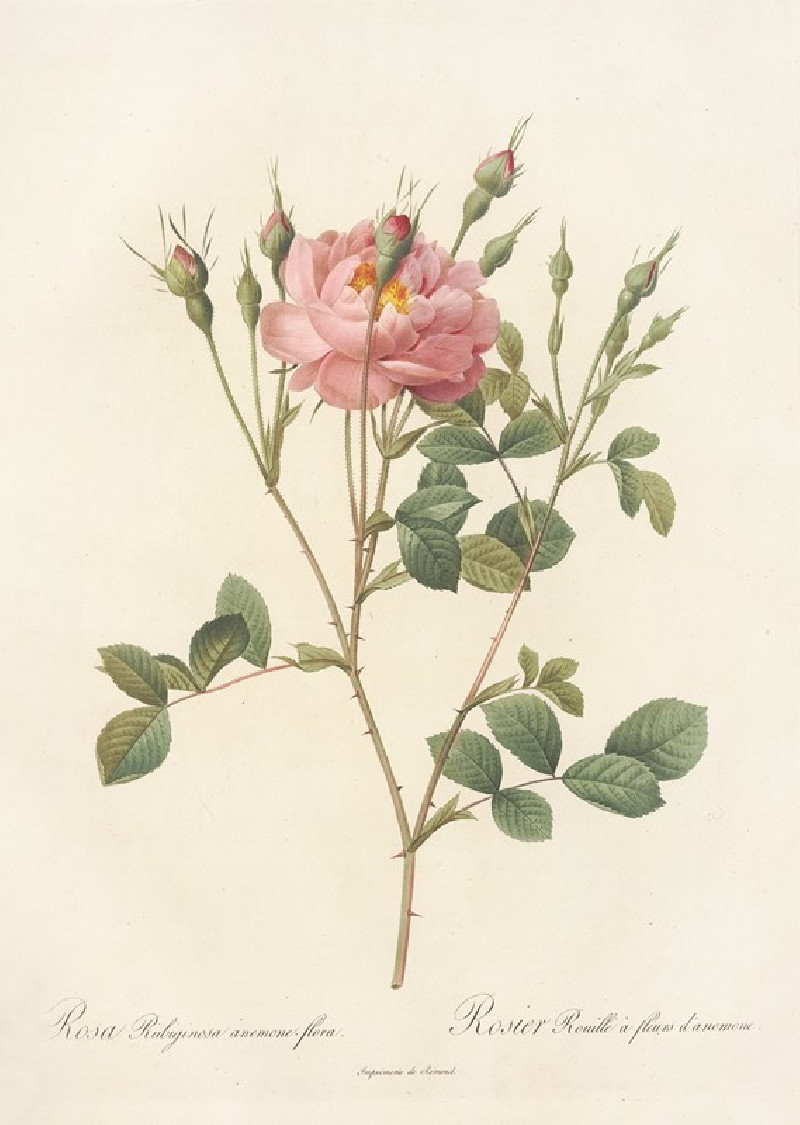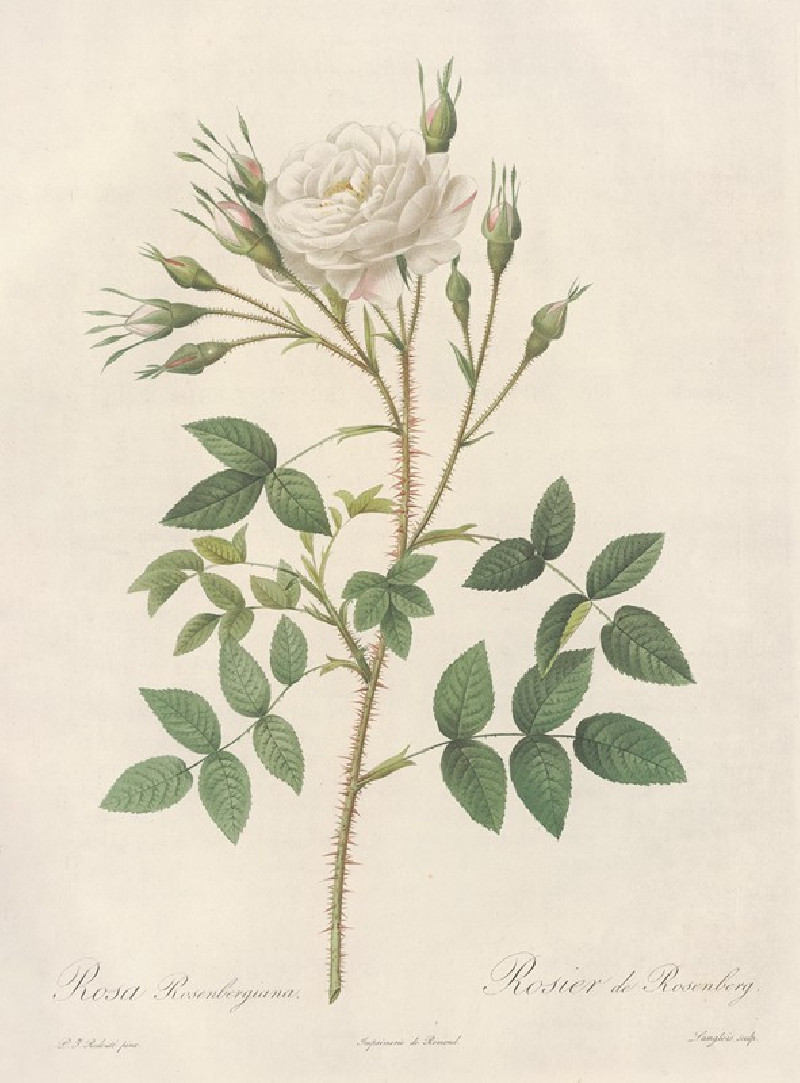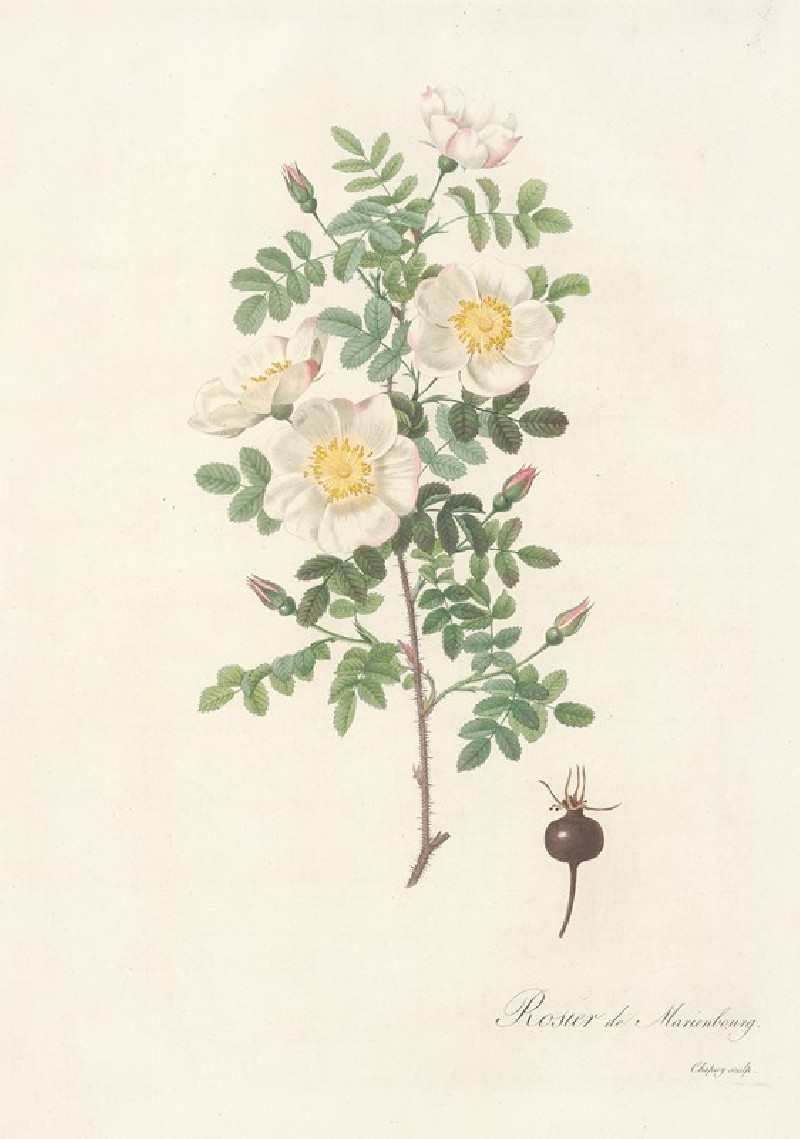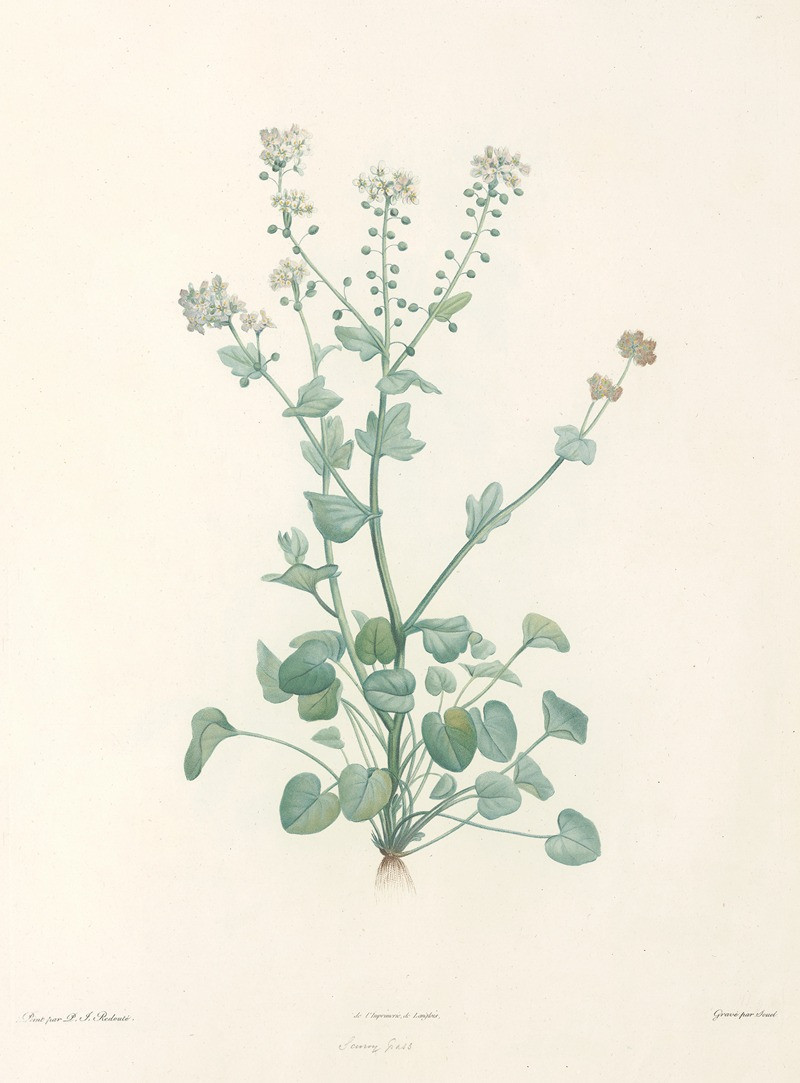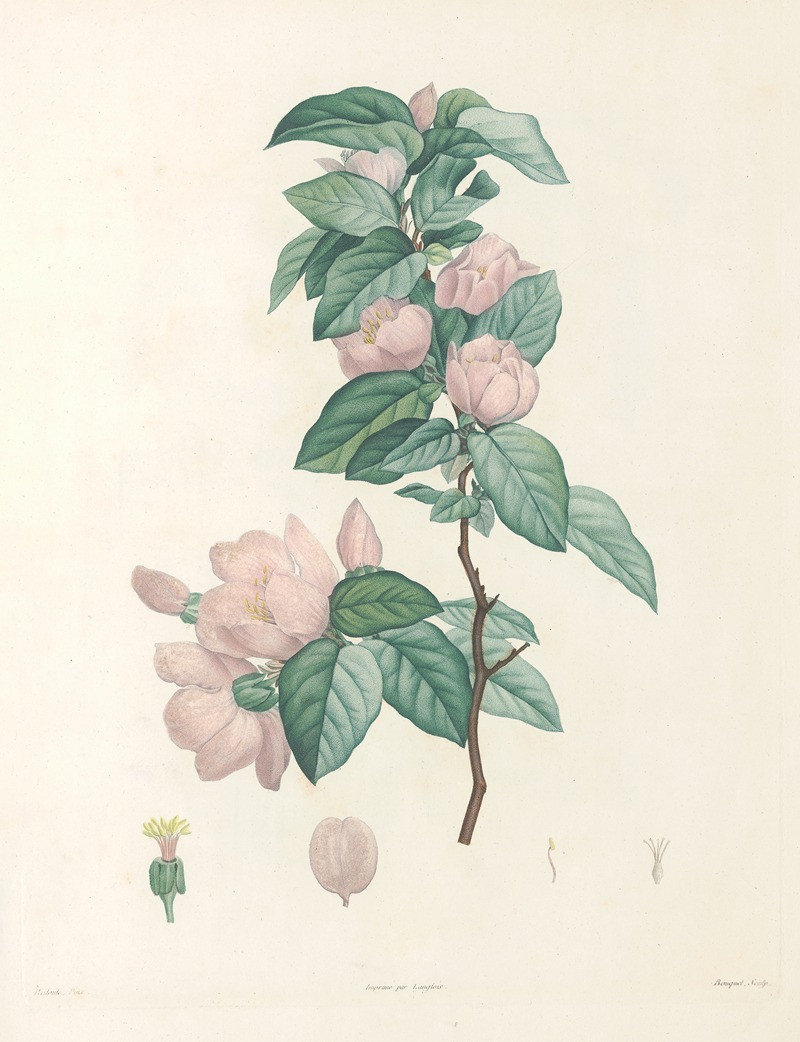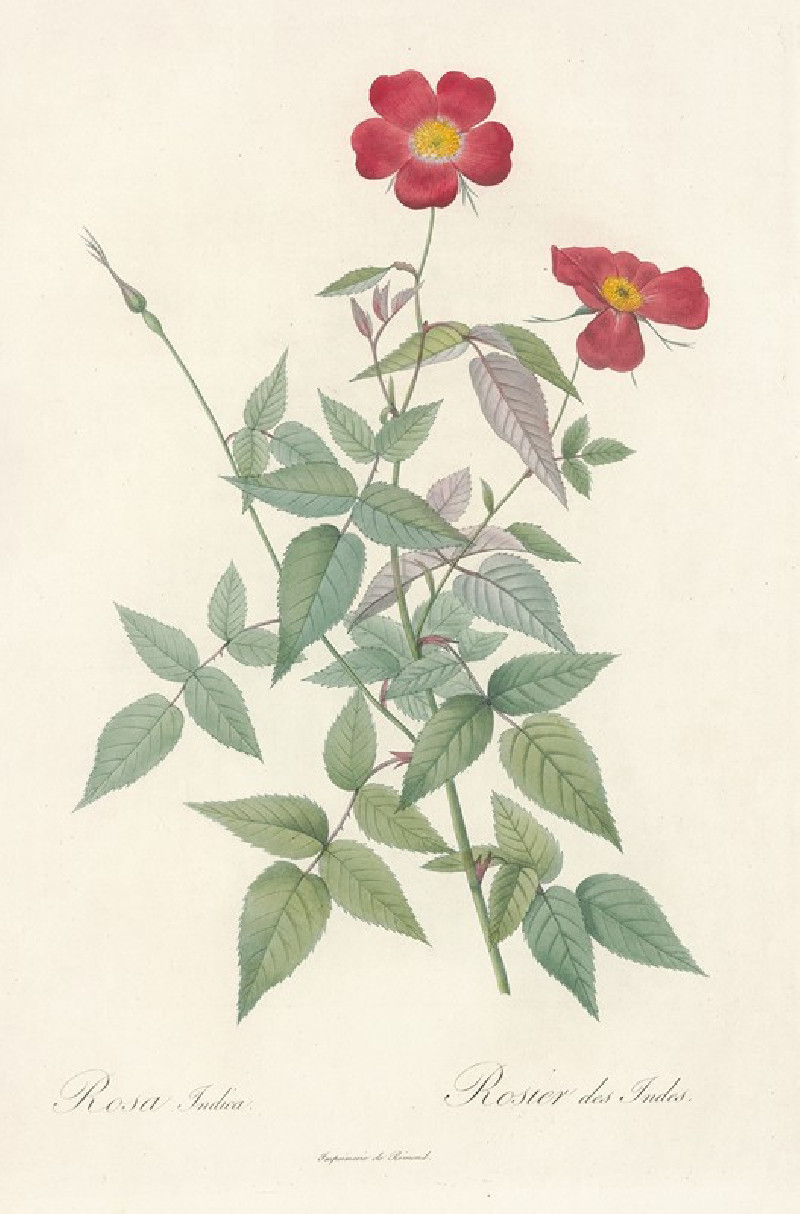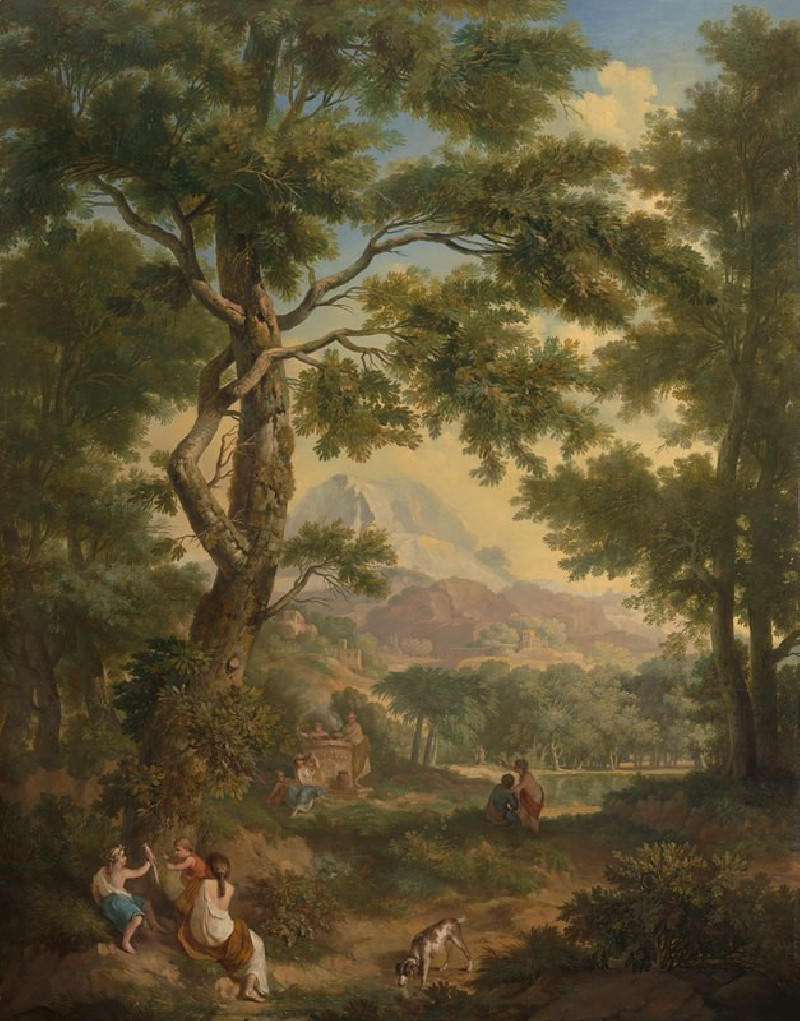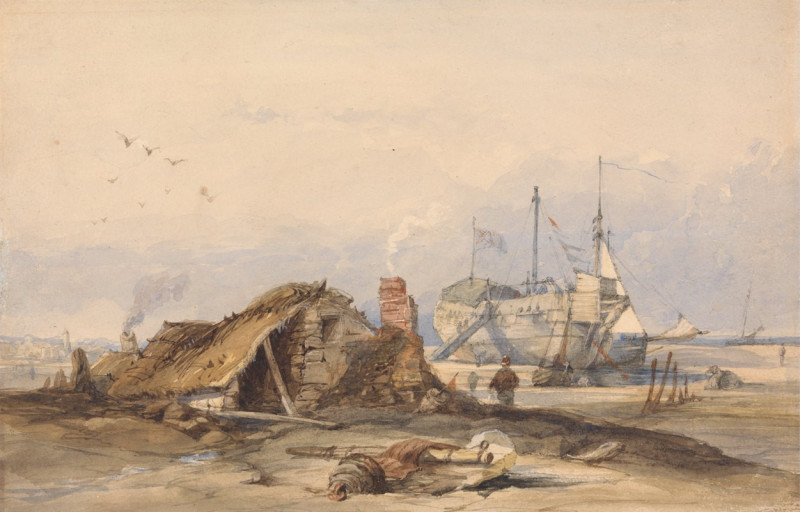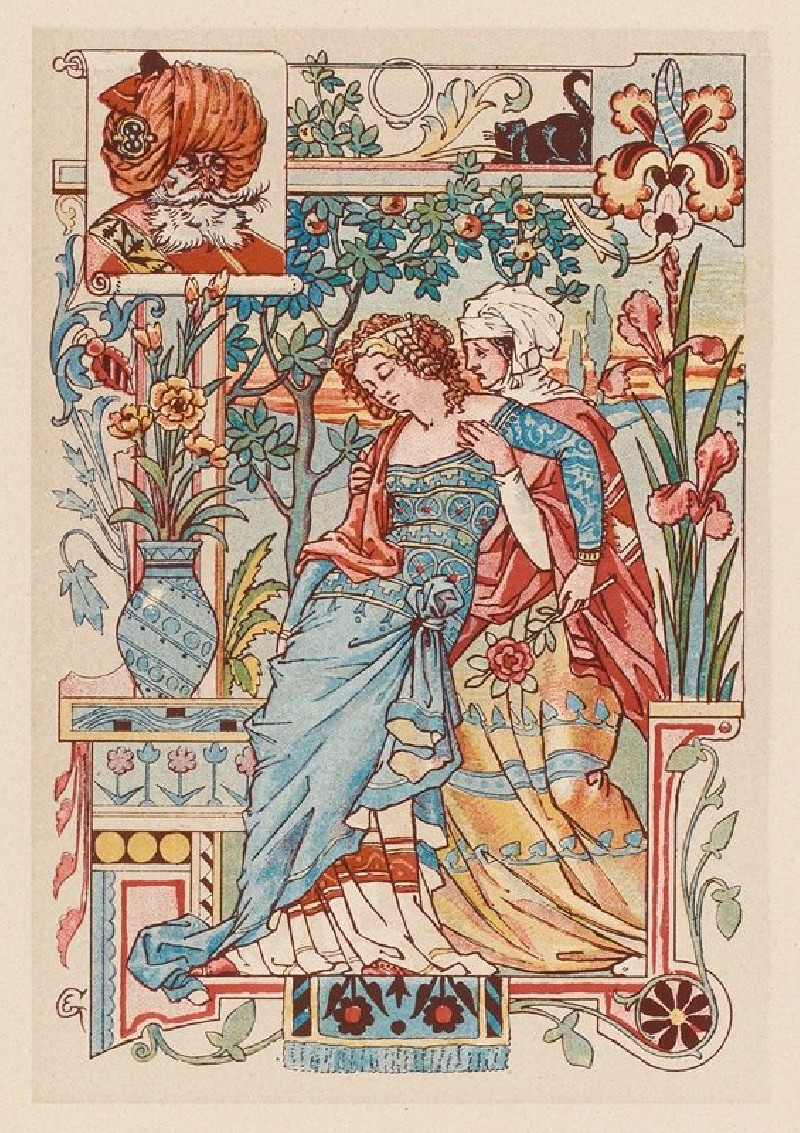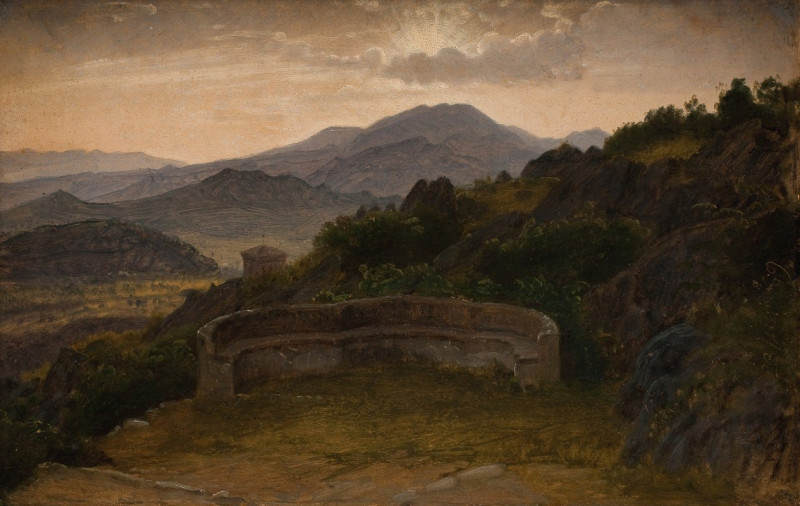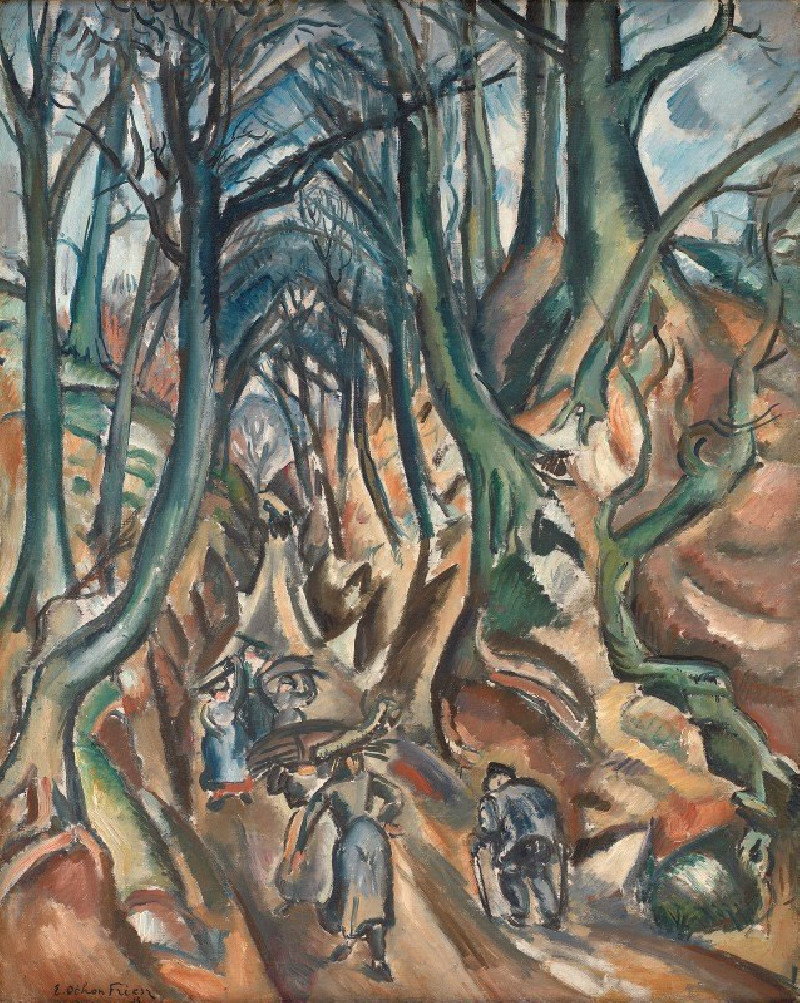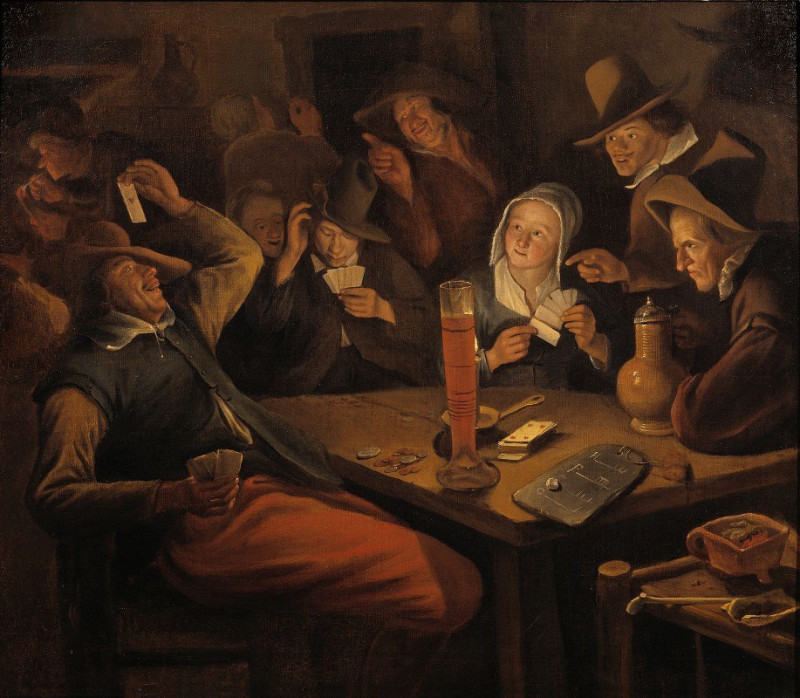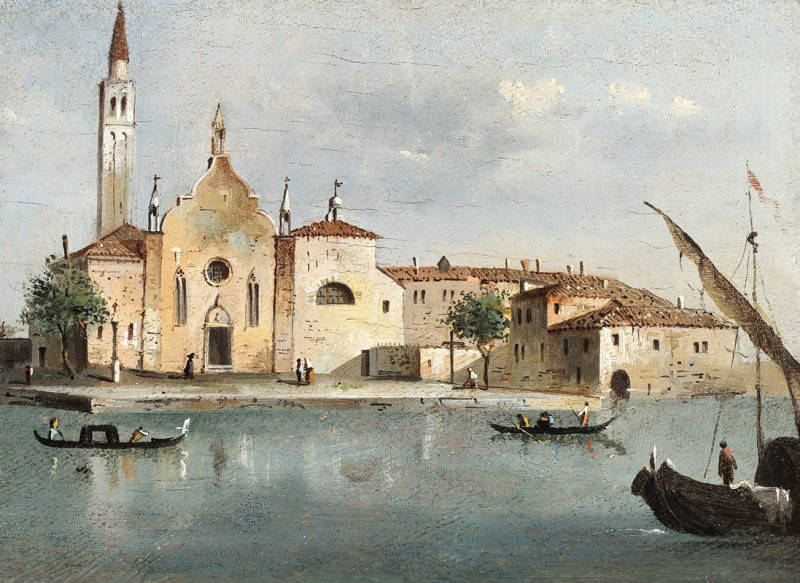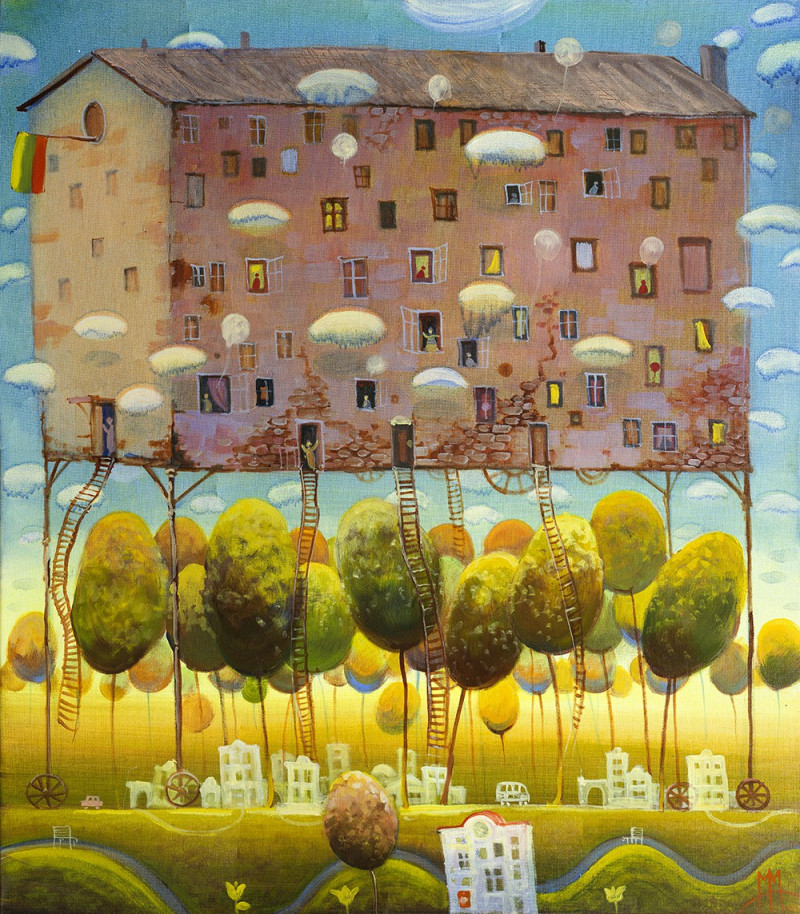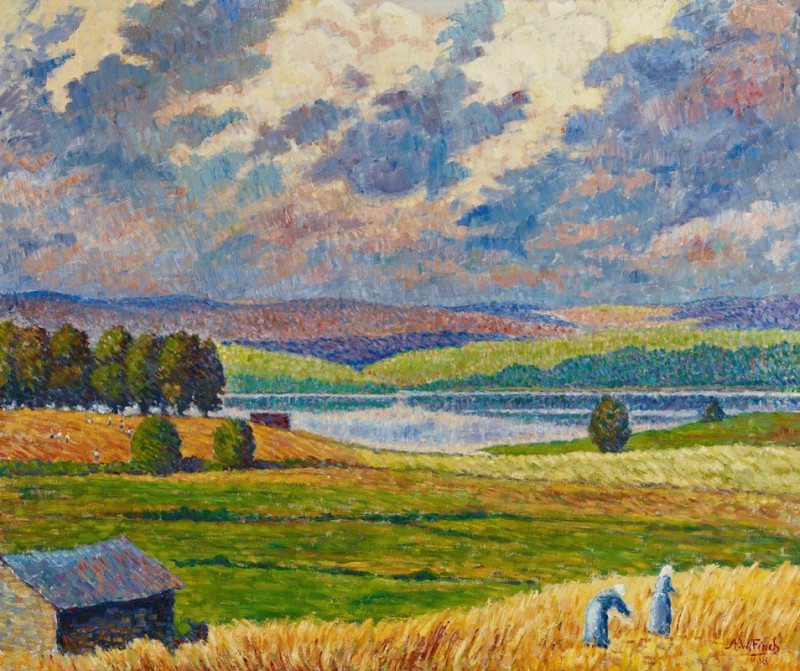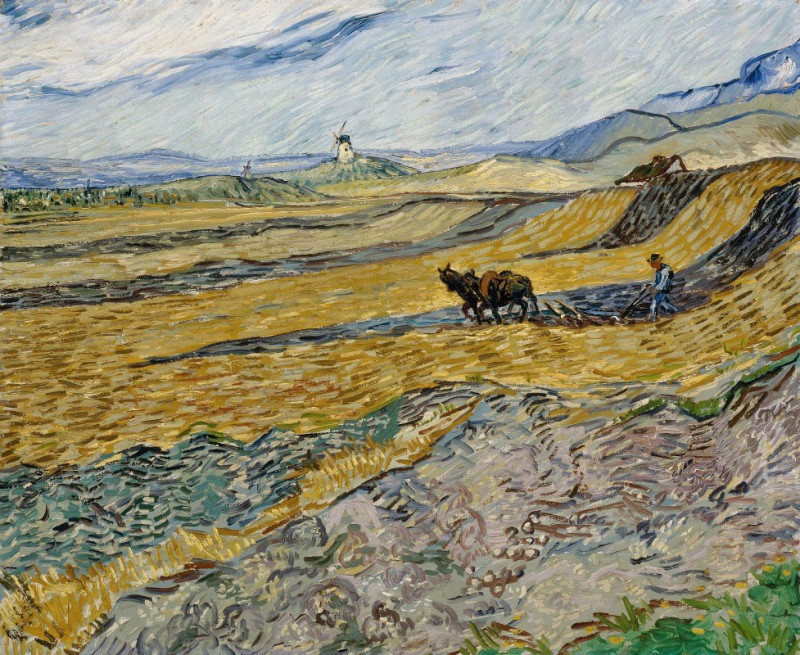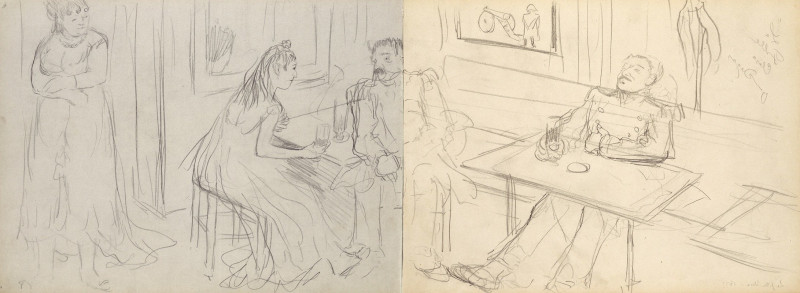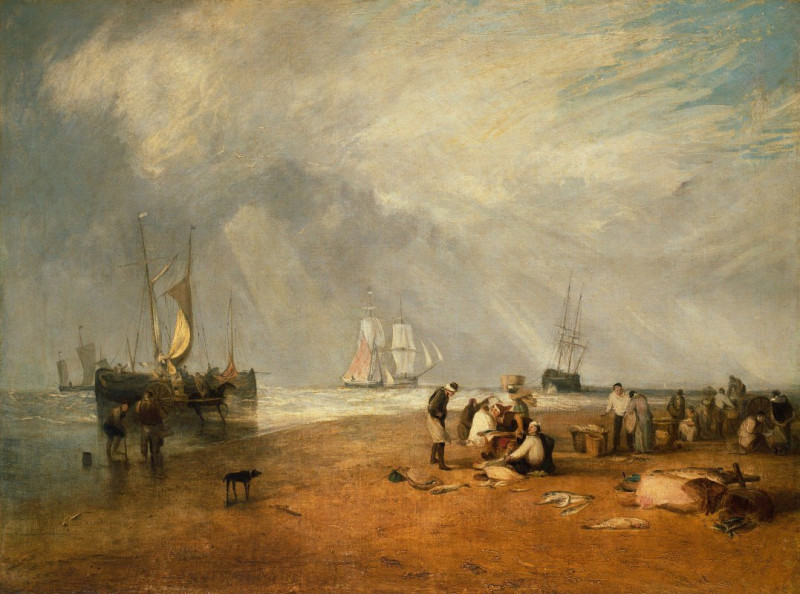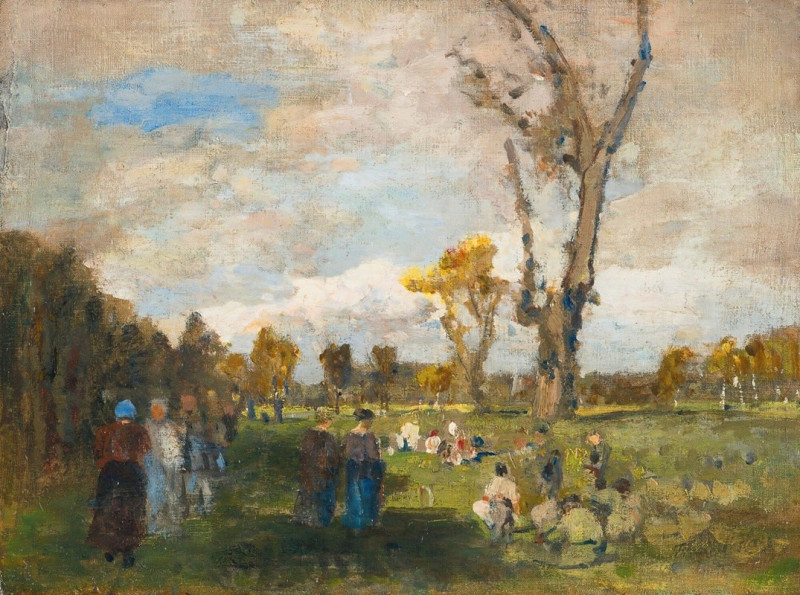Rosa Indica Sertulata (1817 - 1824)
Technique: Giclée quality print
Recommended by our customers
More about this artwork
Pierre Joseph Redouté's artwork, "Rosa Indica Sertulata," often referred to as "Le Bengalé à Bengale," is a striking illustration capturing the delicate beauty of the Bengale rose. Created between 1817 and 1824, this piece showcases Redouté's meticulous skill in botanical illustration, which earned him acclaim as the "Raphael of flowers."The painting features a graceful rose branch, bending slightly under the weight of its flowers. The roses are depicted in various stages of bloom—from tightly closed buds to fully unfurled blossoms—highlighted with shades of deep red and touches of pink. The petals possess a velvety texture so vivid that one can almost feel their softness. Below the blooms, the thorny stems and vibrant green leaves are rendered with equal precision, emphasizing the natural beauty of the rose in its complete form.Redouté's ability to combine scientific accuracy with artistic elegance makes "Rosa Indica Sertulata" an exemplary work of botanical art. It not only serves as a visual treat but also as an important historical record of the floral specimens of the time.
Delivery
Returns
Pierre-Joseph Redouté, was a painter and botanist from Belgium, known for his watercolours of roses, lilies and other flowers at Malmaison, many of which were published as large, color stipple engravings. He was nicknamed "the Raphael of flowers" and has been called the greatest botanical illustrator of all time.

